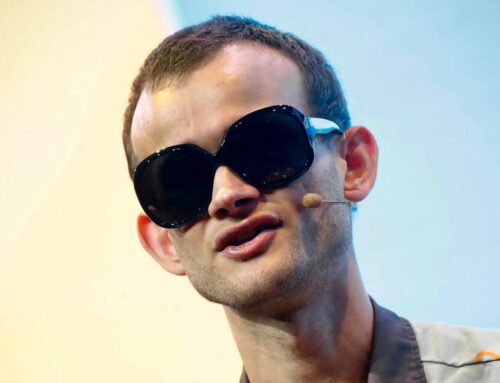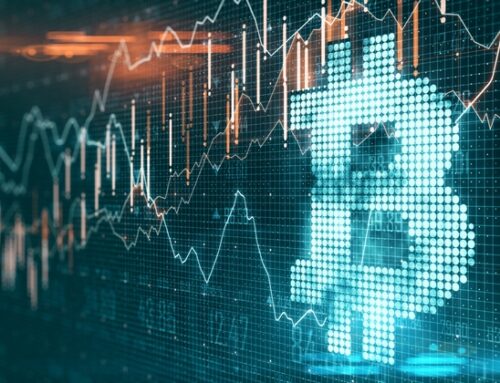Curacao’s Microgrid Shows How Small Island Nations Can Decarbonize
November 20, 2025
A couple of weeks ago, Hurricane Melissa barreled through the Caribbean, knocking out power for tens of thousands and exposing the fragility of island energy systems. For countries like Curacao, the stakes are high: from 1970 to 2020, small island developing states (SIDS) lost $153 billion due to weather extremes, a figure that dwarfs their average GDP of $13.7 billion.
The event underscores a growing imperative—these nations must decarbonize while ensuring reliable power to withstand climate shocks. The solution may come in the form of a flexible microgrid model deployed in Curacao, which combines renewable energy with battery storage and engine-based power plants. The approach, led by Wärtsilä Energy, could serve as a blueprint for SIDS and other vulnerable regions worldwide.
“Island nations are extremely sensitive to climate change and rising sea levels, and they cannot wait for new technologies,” Anders Lindberg, president of Wärtsilä Energy, told me. “The primary goal is to maximize the use of renewable energy sources and minimize the use of fossil fuels. Having a fraction of demand on diesel is far more efficient than trying to run the system entirely on intermittent renewables without backup.”
Curacao’s state-owned utility, Aqualectra, set ambitious targets: increase renewable energy from 30% in 2024 to 50% in 2025 and 70% by 2027. Wärtsilä’s role is to optimize the system so these goals are achievable, controlling a combination of battery storage and flexible diesel engine power plants. Batteries kick in instantly, ensuring uninterrupted power, while engines provide longer-term flexibility, allowing the grid to absorb fluctuations in wind and solar output.
“Reliability, affordability, and sustainability are key in whatever decision we take. What we decided is that we want to move forward and decarbonize our power generation,” says Neysa Isenia, chief financial officer at Aqualectra.
The design also incorporates incentives tied to performance: Wärtsilä is rewarded based on how effectively the system utilizes available renewable energy, rather than simply on the amount of capacity installed.
This approach addresses a critical problem in SIDS: energy security. Many islands have historically relied heavily on imported fossil fuels, making them vulnerable to price spikes and supply disruptions. A flexible microgrid reduces that dependence while ensuring reliability during extreme weather events.
Replicable Lessons For The Global Energy Transition
The benefits extend beyond reliability. Wärtsilä’s global modeling shows that adding flexible engine power plants alongside renewables and storage reduces total system costs by $65 trillion compared with a renewables-plus-storage-only approach, while cutting CO₂ emissions by 21% and minimizing renewable overcapacity.
For Curaçao, the goal is to reach 70% renewable energy by 2027, with flexible diesel engines covering the remaining demand. The company maintains that its approach is far more efficient than relying solely on renewables and storage.
Curacao’s microgrid is not a one-off. Wärtsilä is applying similar models in Madagascar and has interest from other Caribbean islands. The underlying principle is simple: integrating flexible power plants with renewable energy sources enables faster, more reliable decarbonization at lower costs—a formula that can be adapted to any island or remote grid.
“This is a pragmatic way to achieve maximum decarbonization while maintaining energy security,” Lindberg says. “Flexible engines and batteries together support a reliable and optimized renewable energy system. This blueprint can be copied, and that’s critical because SIDS worldwide face the same climate and energy challenges.”
The international context underscores the urgency. In 2023, global renewable capacity reached 4,000 gigawatts, accounting for nearly 30% of electricity demand. Yet COP28 targets call for tripling renewables to 11,000 GW by 2030, and the power sector still accounts for 40% of energy-related CO₂ emissions. The sooner vulnerable nations implement proven solutions, the more resilient they will be against both climate events and market shocks.
Hurricane Melissa highlighted what happens when island energy systems are unprepared. Power outages can last days, disrupt water supply, and exacerbate economic damage. By leveraging existing technologies now—such as batteries, flexible engines, and microgrid controls—SIDS can accelerate the transition to net-zero emissions while mitigating immediate climate risks.
Lindberg emphasized that waiting for new technology is not an option—the kind that will eventually bring about green hydrogen, for example. “We are already seeing results in 2024 and early 2025, but progress is too slow,” he says. “We have all the technologies we need today to implement decarbonization at speed.”
Curacao’s experience demonstrates that decarbonization and reliability need not be mutually exclusive. By combining renewable energy with flexible power plants and storage, island nations can achieve ambitious climate targets while protecting their populations from extreme weather and economic shocks. As SIDS confront rising seas and more frequent hurricanes, models like Curacao’s microgrid may soon become a global standard, showing other island nations that rapid, practical, and cost-effective decarbonization is possible.
SEE ALSO:
Fiji Draws Tourists Globally But Must Win Climate Finance
Dominica’s People Stay Despite Being In The Storm’s Eye
Search
RECENT PRESS RELEASES
Related Post



